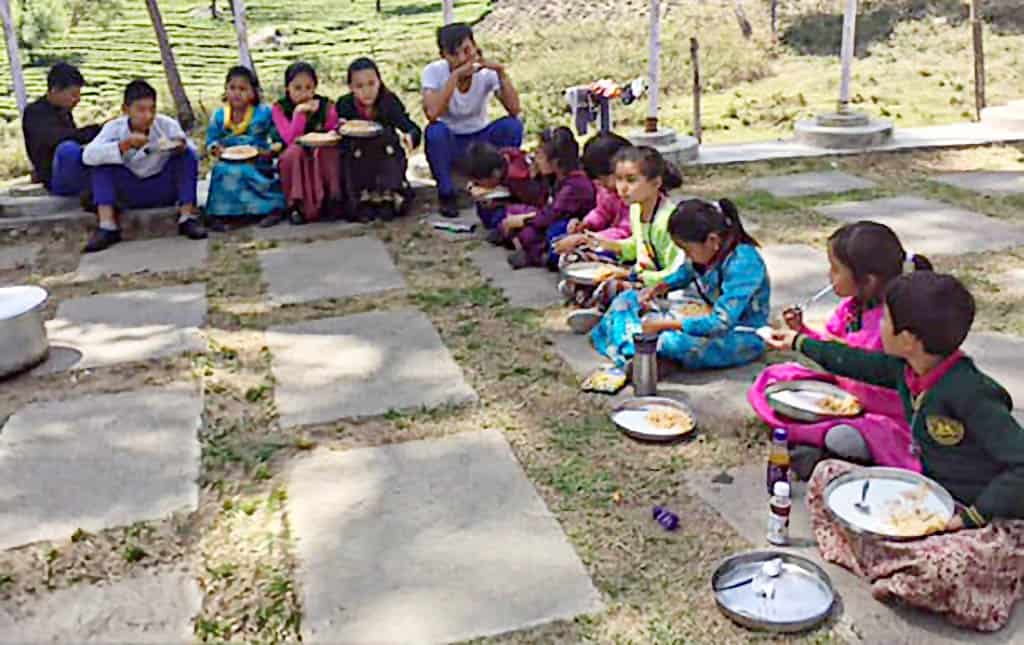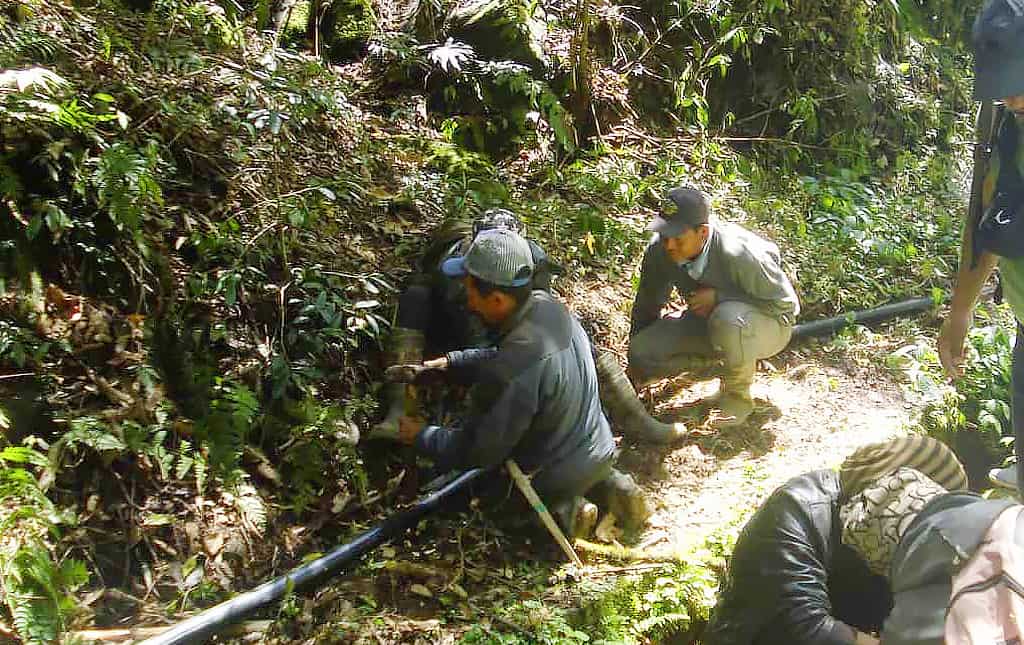Aim and purpose of the Snowland Children Foundation and the Board of Trustees
Aim of the Foundation
With the occupation of Tibet by China at the end of the fifties of the last century, about 150,000 Tibetans lost their homeland by fleeing. Tibetans are still leaving occupied Tibet because the free practice of their faith is often not possible or they are restricted in their way of life. Especially the nomads suffer from the fact that their traditional life is made impossible by a massive exploitation of natural resources.
There are now significantly more Chinese than Tibetans (an estimated six million) living in Tibet. This threatens the survival of the Tibetans as a people with their Tibetan traditions and Buddhist. In schools, children learn Chinese; Tibetan is not spoken in official schools.
In the diaspora of India, Nepal or other Himalayan countries, survival as a people is also in question, as job prospects are often very poor despite good schooling. In India, most Tibetan children go to one of the TCV schools (Tibetan Children’s Villages). Often they are supported there by a “sponsor” from abroad. After finishing school, they are often left with “nothing”. Due to the poor job prospects, they then increasingly try to emigrate to Europe, Australia or even the USA. If they are accepted there, they integrate extremely quickly in these “second emigration countries. At the same time, however, they run the risk of being completely assimilated into the other country.
Commercial register entry
Snowland Children Foundation was entered in the Commercial Register Office of the Canton of Thurgau on July 13, 2017 under company number CHE-431.716.734. The original can be viewed here (in German)
Commercial register entry (PDF)
In the meantime the foundation board has been completed for the 2nd time and we now have 4 Tibetans and 4 non-Tibetans in the foundation board (see there). Here is the last entry in the commercial register from February 24, 2021
Entry in the commercial register
HR-.Statement-02 -2-.2021 HR-Statment-02-1-.2021
Tax exemption for companies and individuals resident in Switzerland
As of September 21, 2019, the Department of Finance and Social Affairs, Canton Thurgau, confirmed that the Snowland Children Foundation is a non-profit organization and tax-exempt. Voluntary donations to the foundation are therefore deductible with immediate effect (in German):
Main Purpose of the Foundation
The purpose of the Himalaya Snowland Children Foundation is to support a sustainable structure that ensures the survival of Tibetans as a living community in the diaspora, whether in India, Nepal or other Himalayan countries. By “sustainable” we mean that the young Tibetans grow up in a healthy environment, are well-balanced and sufficiently nourished, receive a good school education and subsequently vocational training. This should give them the opportunity to find a job in an environment that has the critical size for survival as an exiled Tibetan community, enabling them to start a family and live a decent life. Thus, it is also in the spirit of the Foundation’s purpose to create or support sustainable jobs that enable the above goal.
Optional purpose
The foundation can also support other children or young people from the Himalayan region, if they meet the criteria of the needed support for education and career choice.
Dr. Bianca-Maria Exl-Preysch
President of the Foundation Board
bmexl@bluewin.ch
Information:
Tibetans in India
Since 1959, about 150,000 Tibetans have come from Tibet. About 100,000 currently live in India in various settlements. SH the Dalai Lama has been living in Dharamsala for more than 60 years, where another 6,000 Tibetans now live and the exile government is also domiciled. But also in South India there are large settlements and Tibetan monasteries, as well as further settlements and monasteries in North India.
Since SH the Dalai Lama had to flee Tibet in 1959, of course many children have arrived, sometimes with and sometimes without parents. Often the parents (especially in the first years) had to work in road construction and could not take care of their children.
This was the beginning of the so-called TCVs, Tibetan Children Villages. SH the Dalai Lama, together with his elder sister, first established one, but later more and more of these children’s villages, following the example of the SOS Children’s Villages or also the Pestalozzi Children’s Villages in Switzerland. At some times, 15,000 children between the ages of 3 and 18 lived in the 8 children’s villages!
For the first 50 years, the presidency of all the Children’s Villages was always held by Sisters SH. For the first time in recent years, a Nuer president, Thupten Dorjee-la, who is not from the Dalai Lama’s family, has taken over the leadership. Currently, about 8,000 children between the ages of 5 and 15 (or 18 depending on the Children’s Village) live in the 8 TCV’s.
Information:
Tibetans in Nepal
Helambu has been home to several thousand Tibetans who migrated from Tibet several hundred years ago. They should not be confused with the refugees from Tibet. The Tibetans (with Nepalese passport) who have been living here for a long time are generally called “Sherpa” or “Lama” with family names, probably coming from their original activity (Sherpa = porter) or origin (Lama = religious status). As a group they are called Hyolmos.
The Helambu mountain region lies northeast of Kathmandu, at least a day’s journey away by four-wheel drive car given the current road conditions. This is where the devastating earthquake of spring 2015 had one of its two epicenters, destroying virtually all homes. Even today, 3 years later, you can see the devastation. Most of the houses have been replaced by simple corrugated iron huts at best. These are very cold in winter and unbearably hot in summer!
Help came from Switzerland through Helvetas and Caritas, supported by Swiss Solidarity, which, however, mainly rebuild schools. For individual villages as a whole concept there is only little help, mostly it is individual actions of small foundations or associations, as also our foundation has decided for the mountain village Timbu and the surrounding even smaller villages such as Embalama, which so far has received no help from outside except from us.



